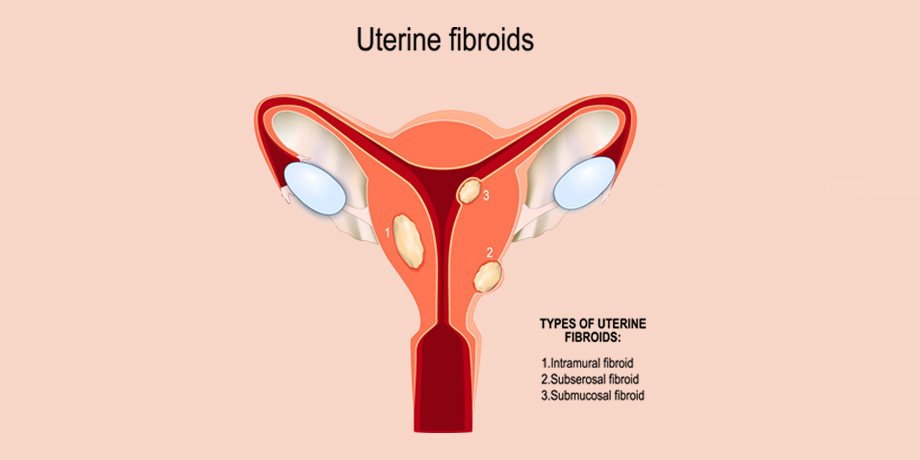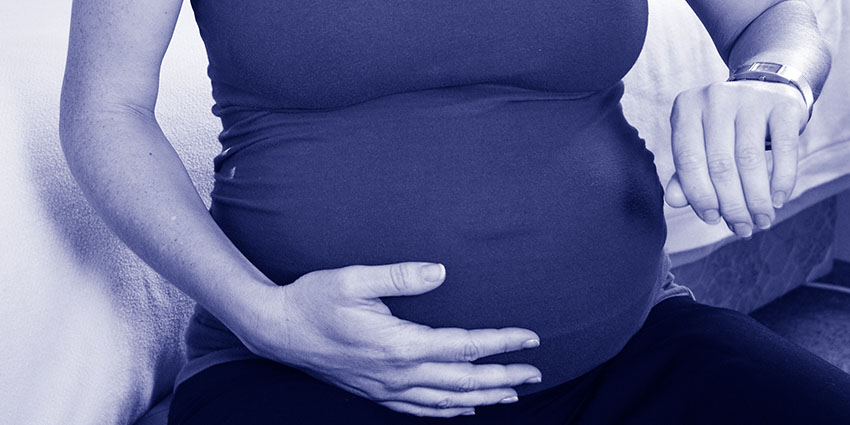What is Endometriosis?
Endometrial tissue normally grows inside the lining of the uterus during the month after a woman starts her menstrual cycles. This process happens each month because of hormones that she produces or takes as medication unless the woman becomes pregnant, experiences hormonal irregularities, or reaches menopause.
Endometriosis is a female condition in which some endometrial tissue is found in places other than the lining of the uterus. About 10-15% of women may be diagnosed with endometriosis during their reproductive life.
The diagnosis is usually made in women between 30-40 years old, though endometriosis can be found in women form their teen age years up to menopause. The condition is also found in families, so it is helpful to know if a mother, sister or other close relatives have been diagnosed or treated for endometriosis.
What are symptoms of endometriosis?
Symptoms of pelvic pain or pain with intercourse are the most common problems reported with the eventual diagnosis of endometriosis. Problems with the menstrual cycle may include pain with bleeding and abnormal bleeding. The symptoms may be worsened near the time of the menstrual cycle and during the menstrual cycle. Some women describe continuous and chronic pelvic pain throughout the month.
Recurrent or chronic pelvic pain and abnormal bleeding suggest a gynecologic problem and should be evaluated but they do not confirm the diagnosis of endometriosis. About 25% of women with endometriosis do not experience any abnormal symptoms such as pain or abnormal bleeding. In these women the diagnosis of endometriosis may be missed during a routine evaluation.
Diagnosis of endometriosis
The only way to accurately diagnose endometriosis is to document the condition through an outpatient procedure known as laparoscopy. The outpatient surgery is performed by a gynecologist with small incisions to visualize the internal structures of the pelvis. The surgeon will look for signs of endometrial implants which can be as small as a freckle. Usually, endometrial implants are found on pelvic surfaces such as the peritoneum and the lining of the abdominal cavity.
Pelvic organs such as the ovaries, uterus, and the Fallopian tubes may also be affected. Uncommonly, the bladder, bowel or appendix may have endometrial implants. These implants can have different colors, but are mostly red or brown which is related to microscopic blood within the tissue. Rarely, endometrial tissue may be located beyond the inner pelvis. Other uncommon places of endometriosis include the cervix, vagina, and prior abdominal incisions (for example, a cesarean section or laparoscopic scar).
Physical Findings of Endometriosis
Symptoms of pain or problems with the menstrual cycle may suggest a gynecologic problem, but the symptoms do not establish a diagnosis of endometriosis. Physical exam may demonstrate signs of endometriosis such as a specifically painful area in the pelvis or possible stiffness of tissue (“fixation”).
Sometimes, ovarian enlargement is suspected by the examiner. An ovarian cyst related to endometriosis is called an endometrioma. This kind of cyst is also known as a “chocolate cyst” because dark bloody fluid may accumulate within the ovary which appears like chocolate syrup because of the color and thickness. Endometriomas are benign. Again, these physical findings are not diagnostic of this condition.
Pelvic ultrasound is also helpful but will not alone establish the diagnosis of endometriosis. Some anatomic changes may be observed on ultrasound that might be helpful in ruling out other disorders or making the diagnosis. The pelvic organs normally move freely within the pelvis during manipulation with the ultrasound exam, but lack of movement can indicate fixation that is related to the inflammation from endometriosis or even surgical scaring.
Sometimes, the ultrasound picks up extra pelvic fluid which can be a sign of inflammation in the pelvis due to endometriosis. The ultrasound procedure may be uncomfortable for the woman in which case it would be consistent with a diagnosis of endometriosis. Complex appearing ovarian cysts that seem to have bloody contents by appearance on ultrasounds are common in patients with endometriosis. However, it is important to realize that your pelvic ultrasound may appear totally normal.
That is not an indication that the symptoms are imaginary. Very often, endometriosis is diagnosed by laparoscopic surgery when the pelvic ultrasound is normal, but the patient has symptoms that are consistent with endometriosis.
Does Endometriosis Affect Fertility?
Endometriosis is an inflammatory condition of the pelvis that may cause problems with conception in various ways. In more extreme situations, scar tissue (adhesions) can form leading to the distortion of fallopian tube anatomy.
The pelvic organs can also stick together in abnormal ways that may interfere with getting pregnant. Other inflammatory changes are reported to cause problems to conceive. For more on this topic, please see the “Endometriosis and Infertility” article in the Preconception Health section of the Stork Advisor®️ website.
Treatment of Endometriosis
Endometriosis is considered a chronic inflammatory condition of the pelvis. The medical approach is to treat and control symptoms of pain and/or abnormal bleeding. Though it is considered chronic, the symptoms may range from mild or minimally interfering with quality of life to severe depending on the woman.
Endometriosis mostly affects women between the ages of their teens to the forties. Estrogen stimulates endometriosis and leads to the pain. Menopause is the period in which a woman no longer produces estrogen from her ovaries, therefore symptoms may not impact the woman after menopause.
Treatment of endometriosis should be individualized based upon the woman’s symptoms and plans for a future pregnancy. At the time of initial diagnosis with diagnostic laparoscopy, surgical treatment may be conservatively performed, especially if the woman desires future pregnancy.
Some women may have had a past diagnostic laparoscopy with good resolution or improvement of symptoms. The endometrial implants can be excised or destroyed if the location of the endometriosis is in a safe place for such treatment. Adhesions may be freed to improve anatomic distortion.
This condition can be problematic for the woman and the surgeon who wants the best result for the patient. In severe cases of endometriosis, there is a limit to what may be surgically accomplished to preserve fertility options. Hysterectomy may be the solution for severe cases of endometriosis when pregnancy is no longer an interest.
Medical treatment is available for the symptoms of endometriosis. However, if a couple is pursuing pregnancy; some medications would not be appropriate. Oral contraceptives (“birth control pills”) may help symptoms of pain and bleeding, but they also prevent ovulation.
There are other specialized hormonal medications known as gonadotropin-releasing hormone agonists which prevent the growth of new endometrial tissue. These treatments are often prescribed for several months to achieve improvement of symptoms.
These types of medications are not prescribed when pregnancy is the current goal. Pain medication is acceptable, usually a nonsteroidal anti-inflammatory medication such as ibuprofen. Tylenol is also a good choice. Narcotics should be avoided for long-term use, but may be used in special situations.
Summary
Endometriosis is a chronic gynecologic condition that may affect women through symptoms of pain or abnormal bleeding. A woman should seek the care of an experienced medical provider to evaluate her situation and symptoms.
She should become informed as much as possible and discuss options with her provider before choosing therapy. It is all about the quality of life.






